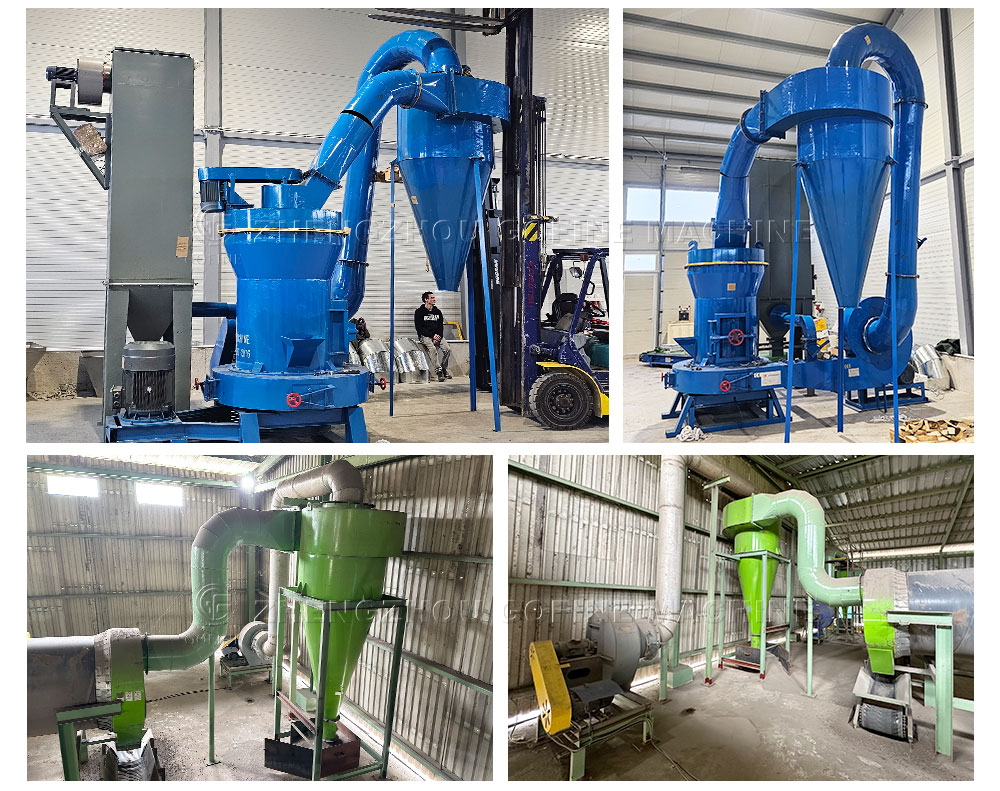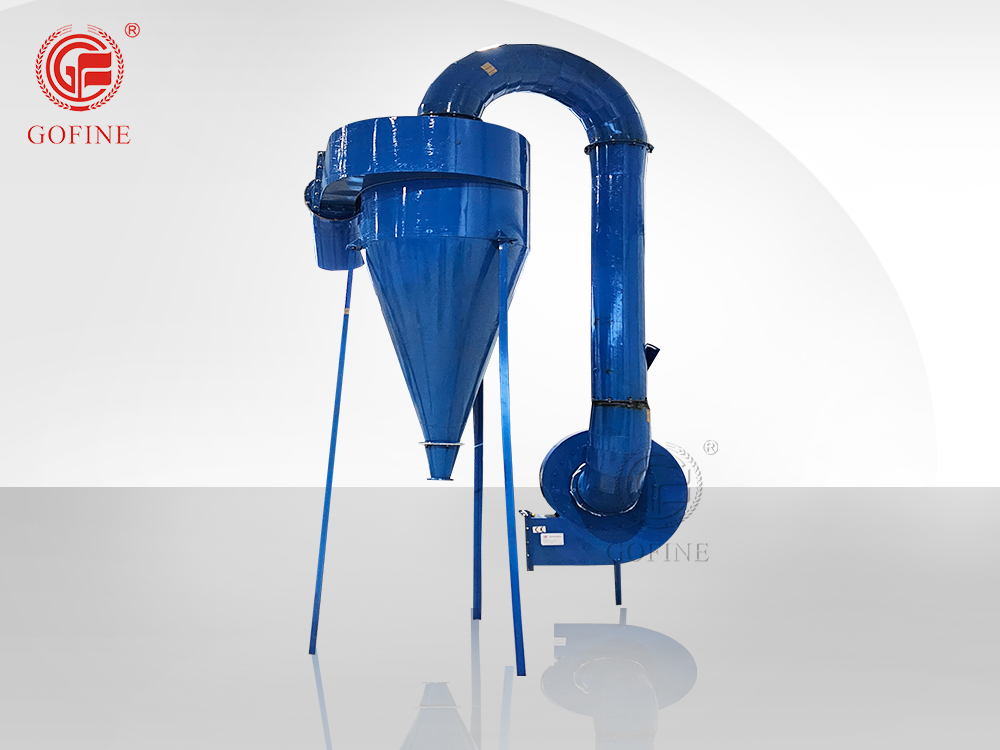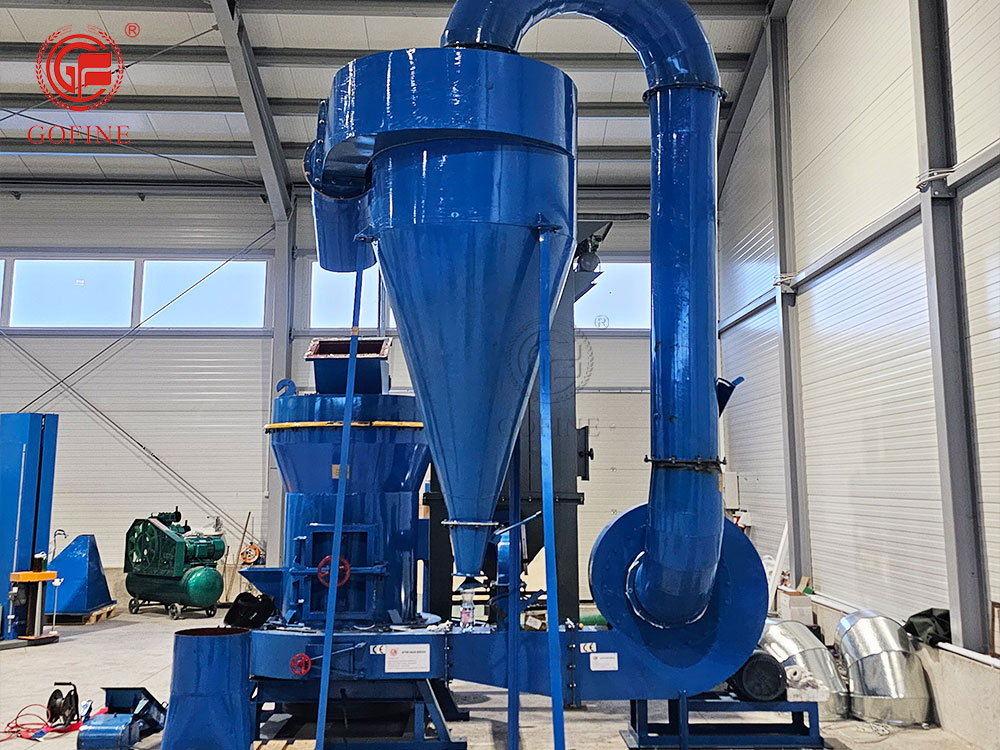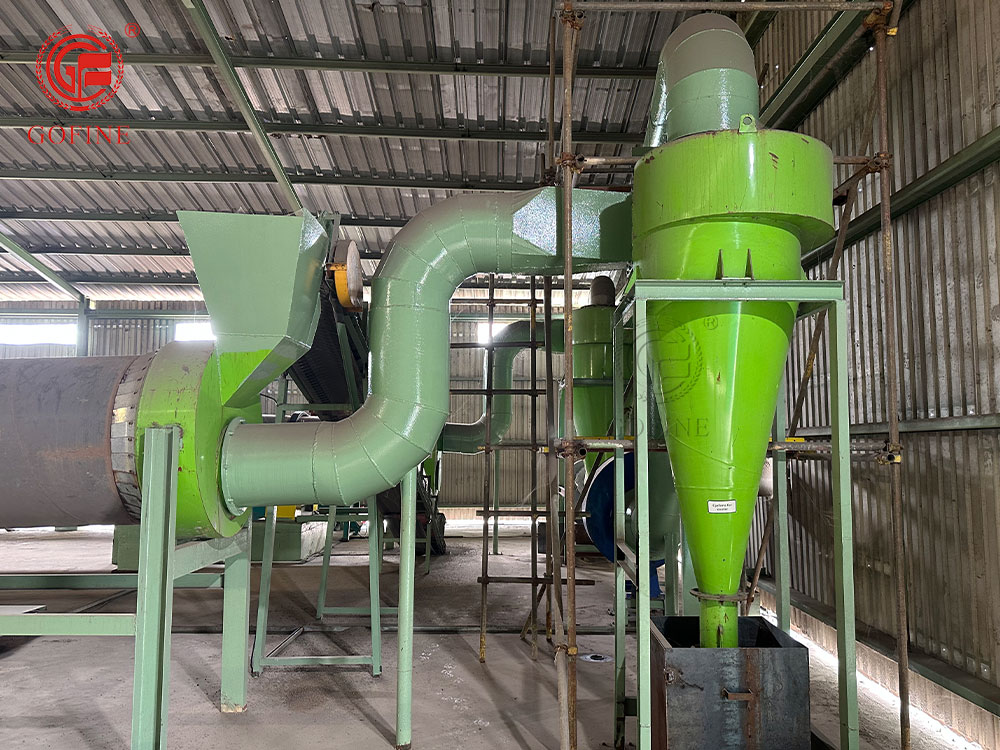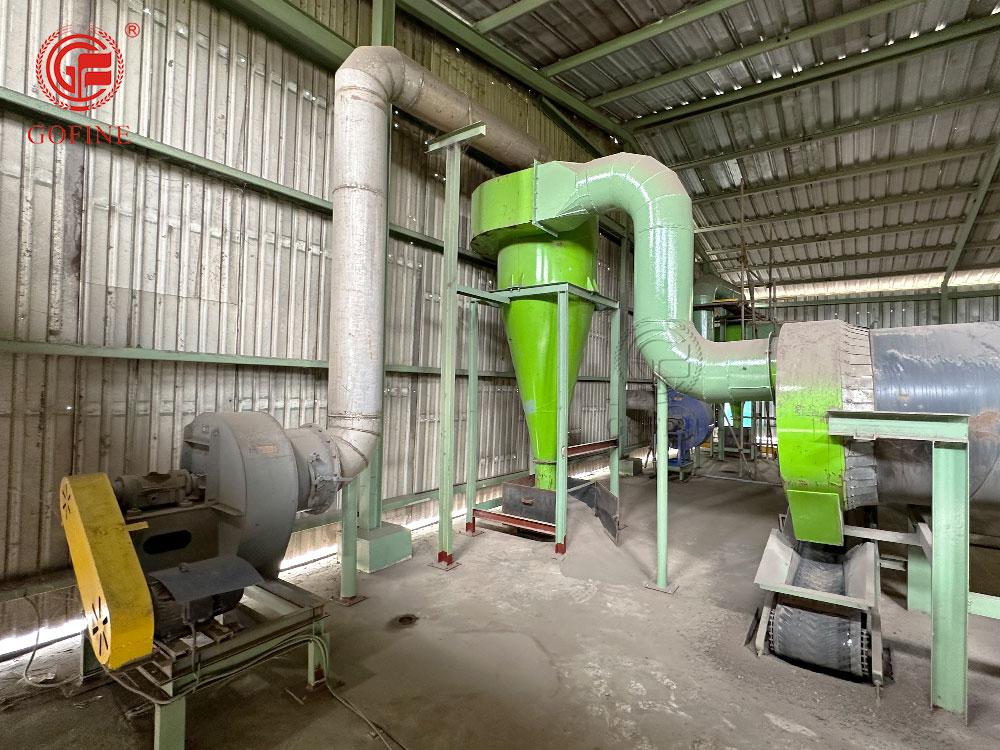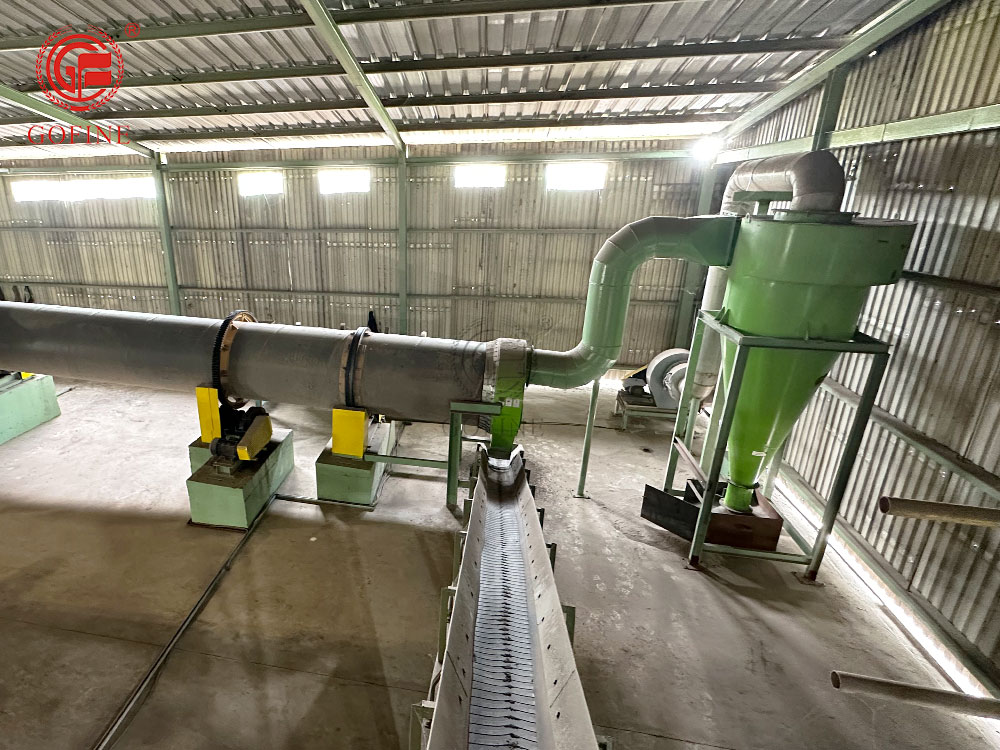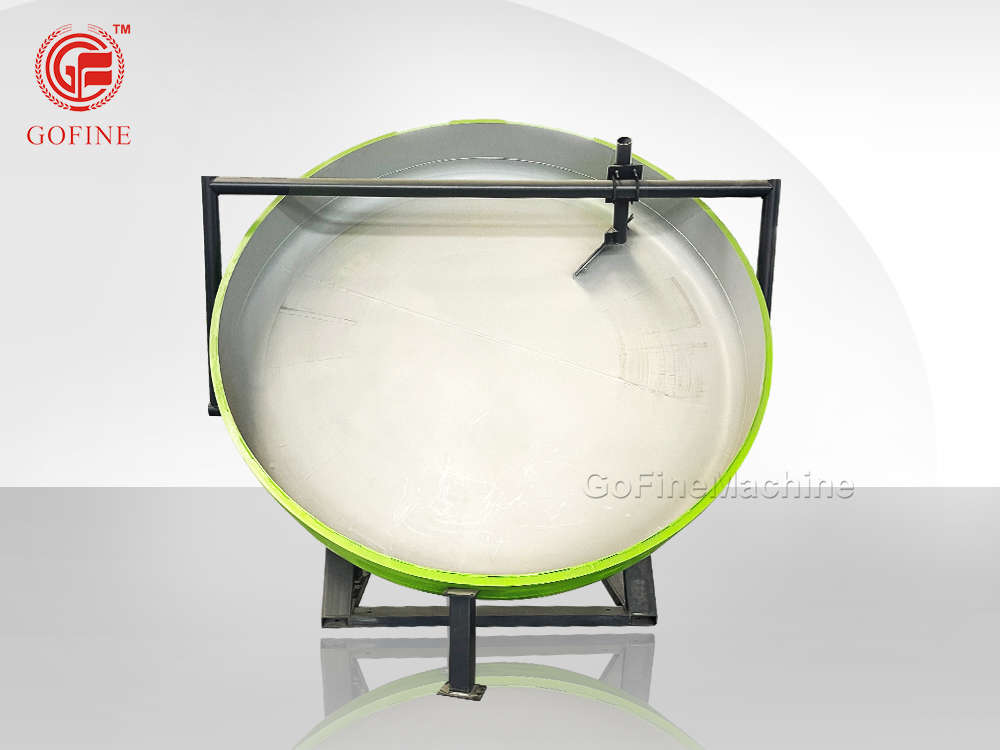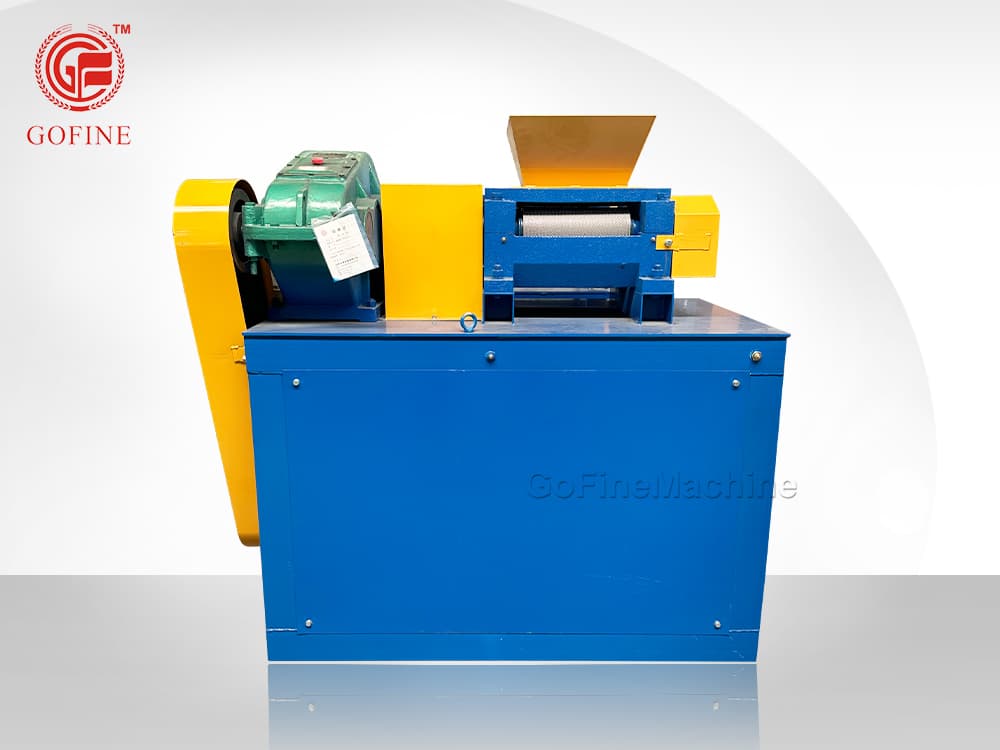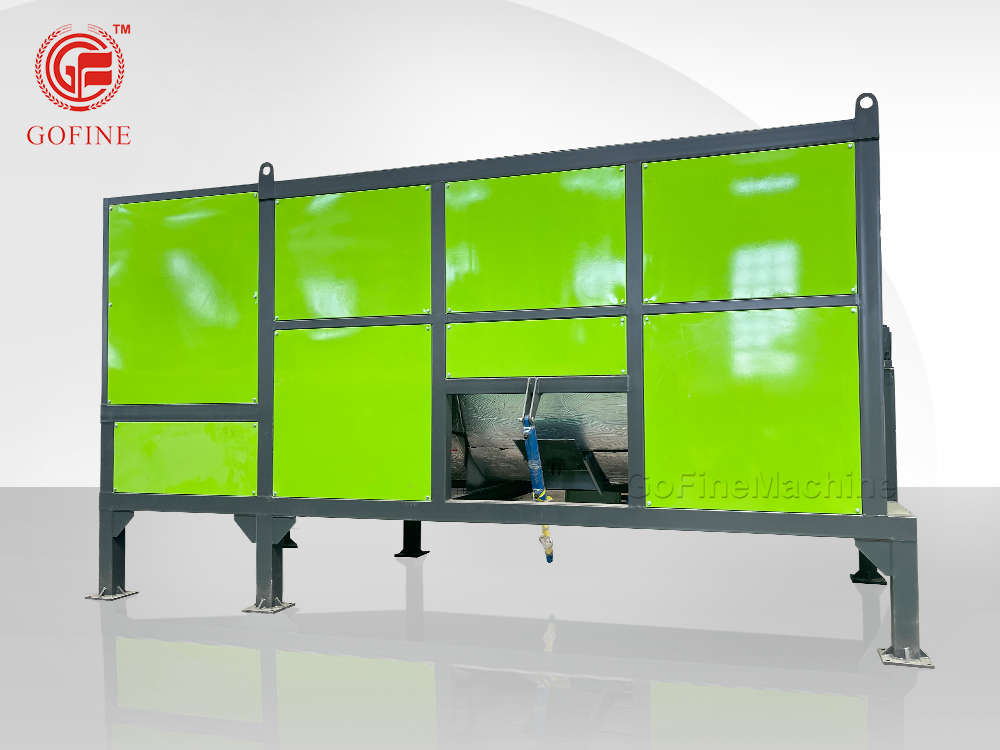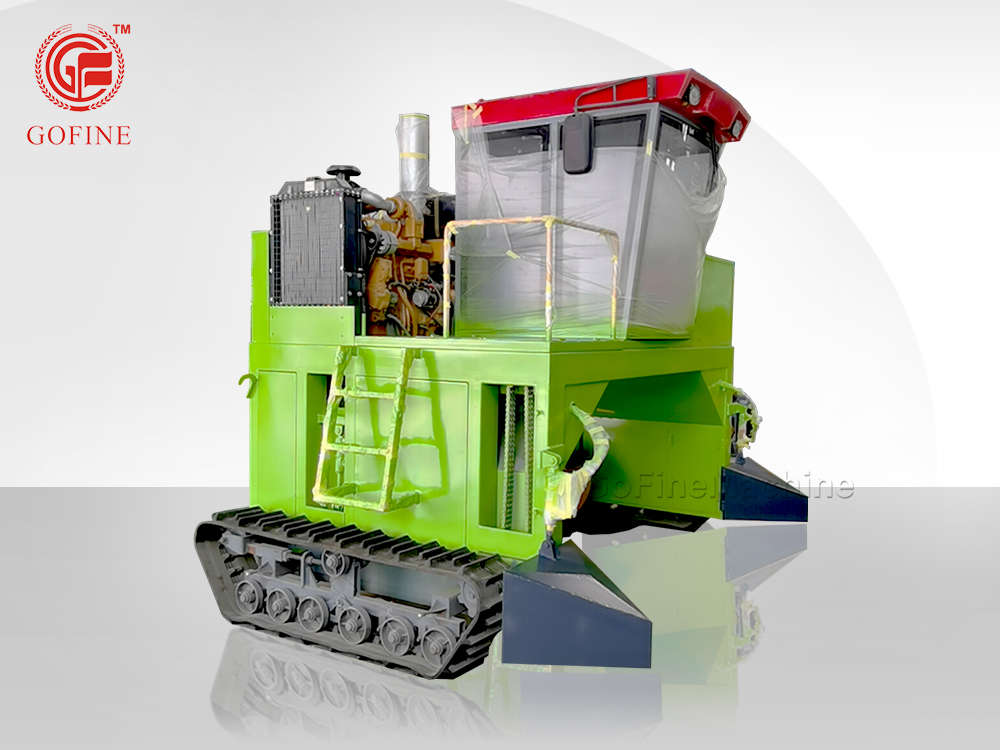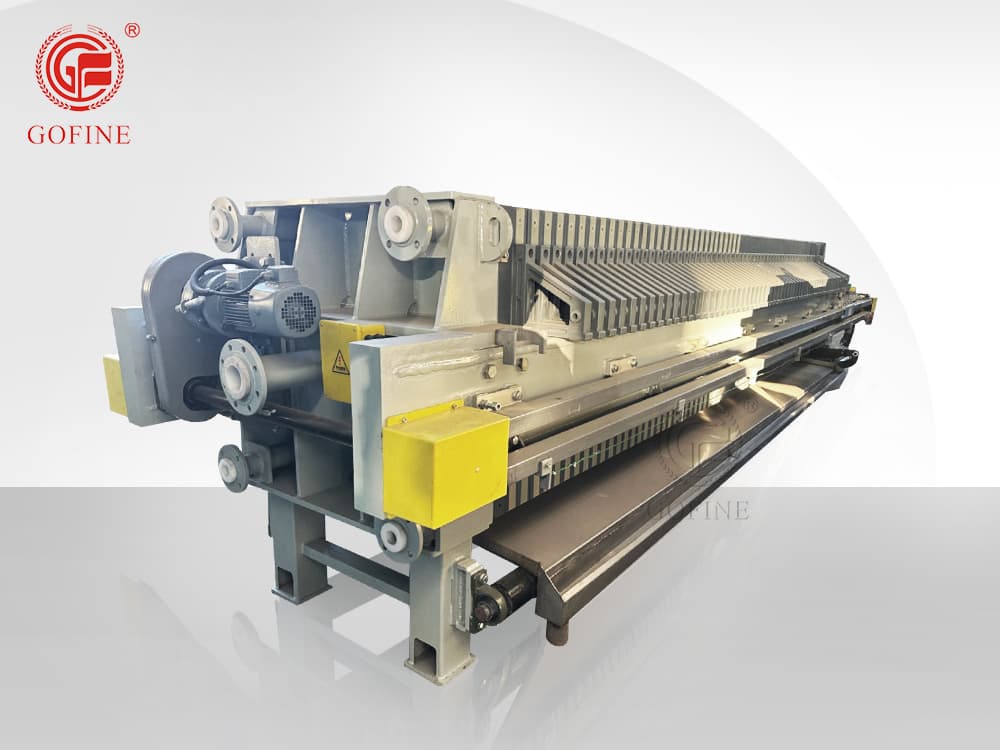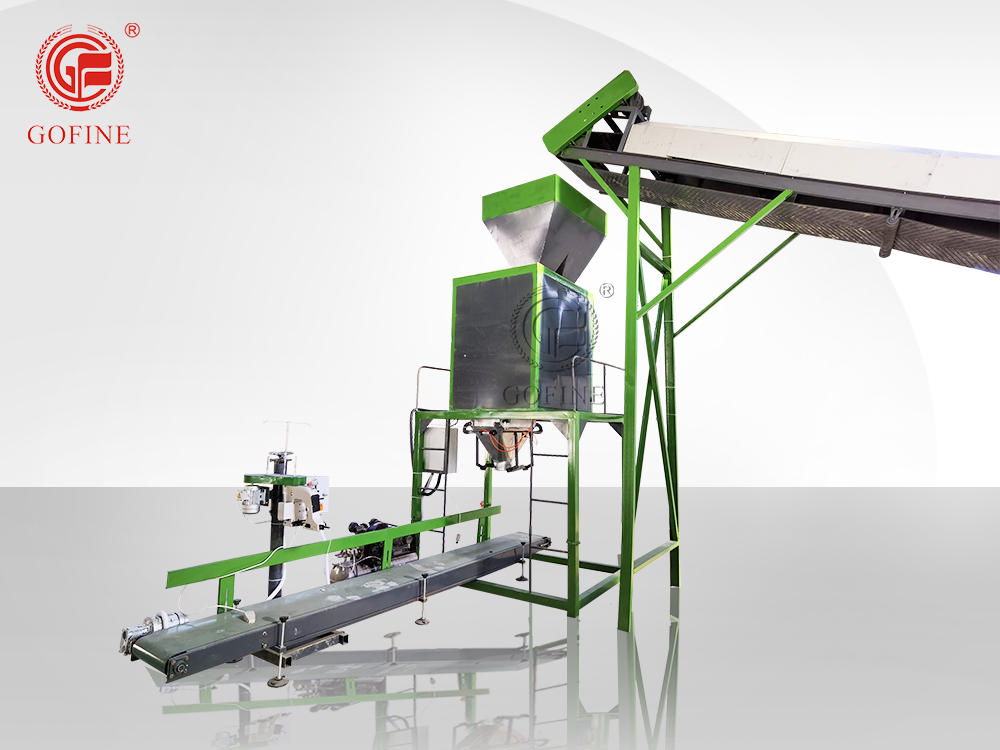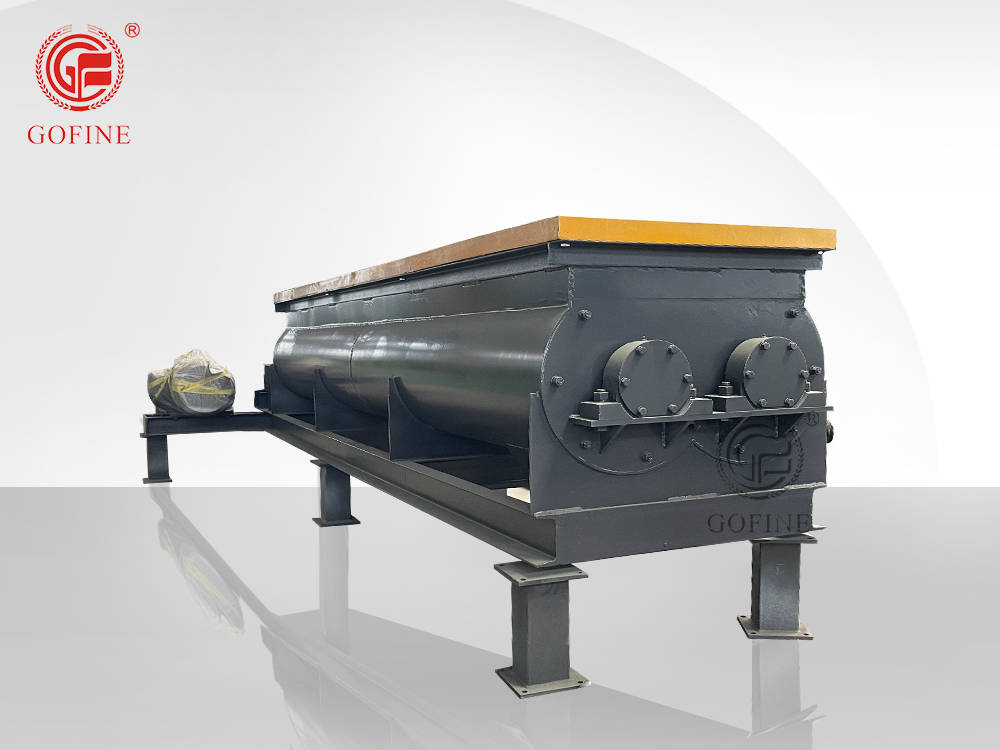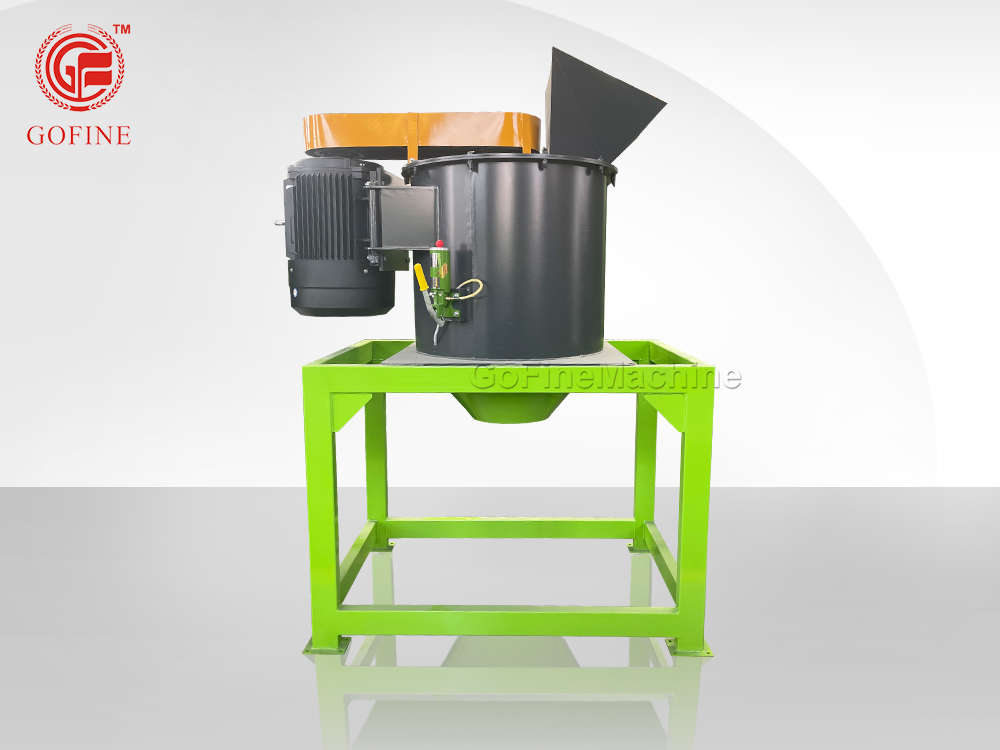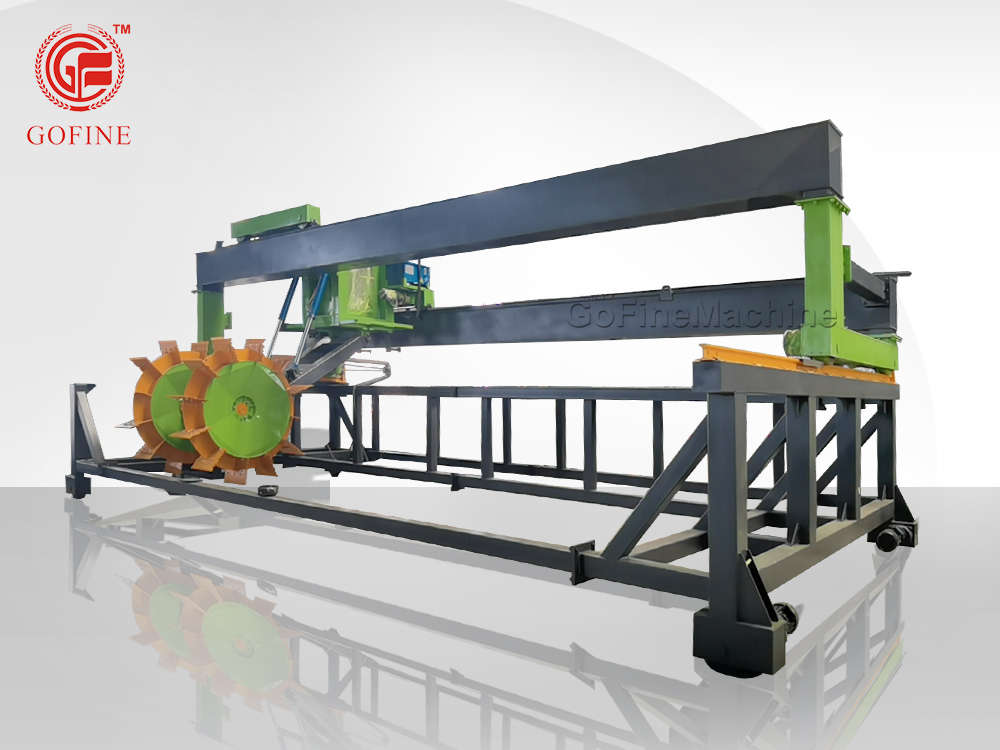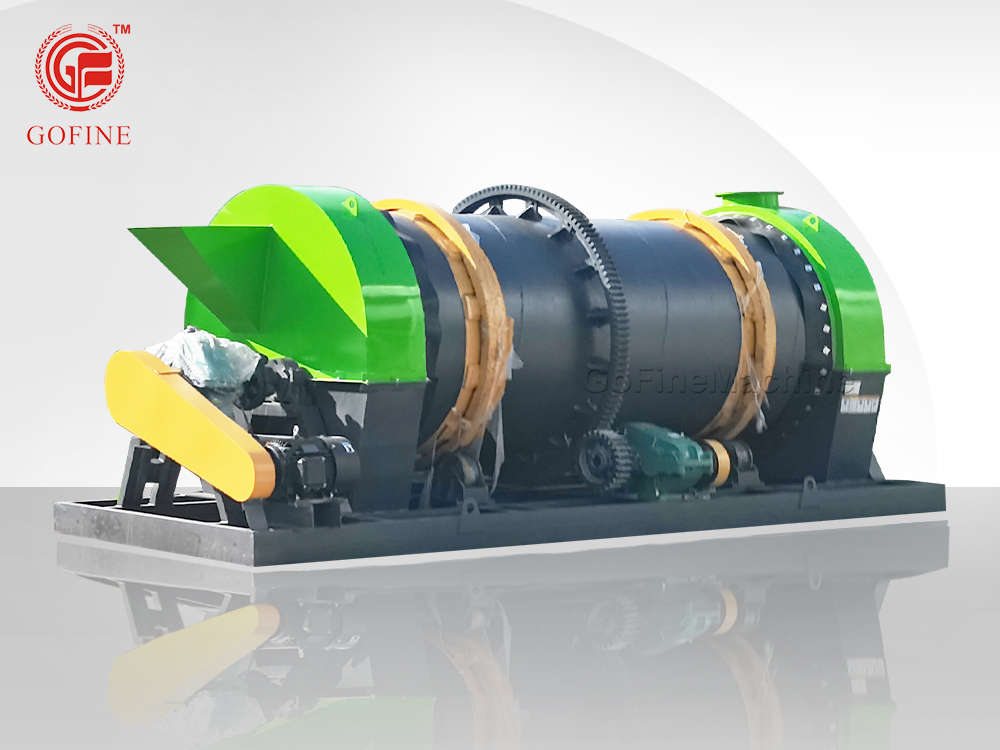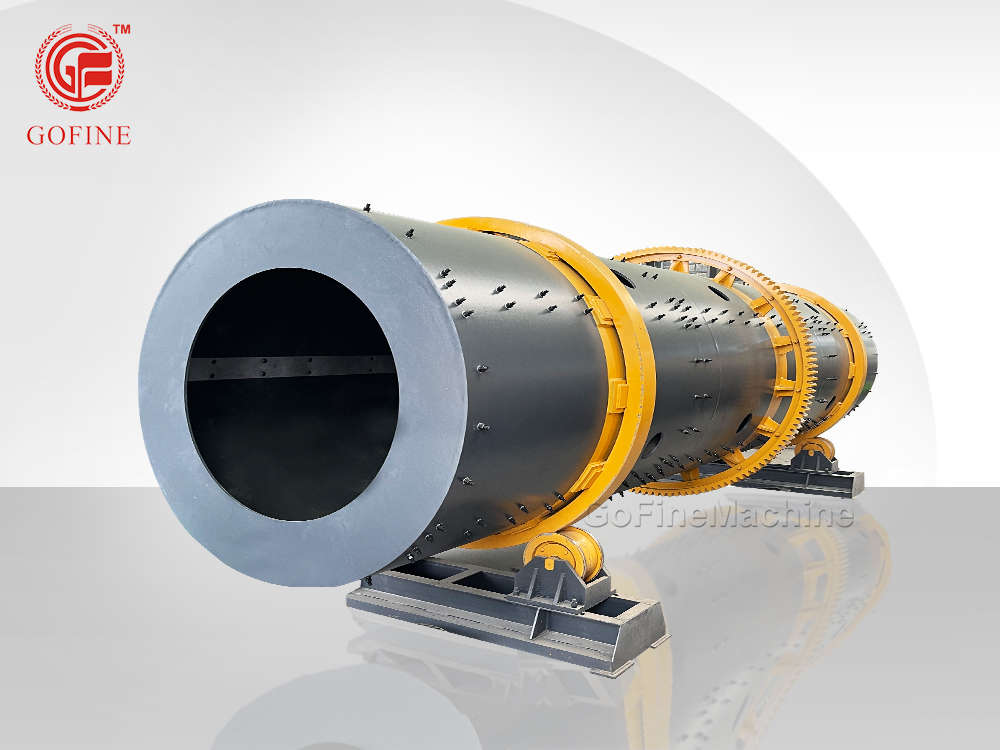
Industry Cyclone Dust Collector For Fertilizer Production Line
- Information
A cyclone dust collector (also known as a cyclone separator or simply a cyclone) is a device that removes particulate matter from air or gas streams without using filters. It's a cost-effective and straightforward air pollution control device that relies on inertia and centrifugal force to separate dust from gas streams. Cyclone dust collectors are often used as pre-cleaners to remove larger particles before the air stream enters a more efficient dust collector like a baghouse.
Separation effect
Under the designed pressure and gas volume conditions, solid particles ≥10μm can be removed. At the operating point, the dispersion efficiency is 99%, and within the range of ±15% of the operating point, the separation efficiency is 97%.
Features
High dust removal efficiency: equipped with a conical reflective screen to prevent the two airflows from re-rolling up the separated dust and being carried out by the rising airflow.
Large air volume: strong load adaptability, smooth and durable movement, no clogging.
Small footprint: vertical design, compact structure.
Comparison with other dust collectors
vs bag dust collector: Cyclones are suitable for coarse particles and high-temperature gases, but bags are more efficient for fine particles (>99%).
vs wet dust collector: Cyclones do not require water resources, but wet ones can handle sticky dust and harmful gases.
Working Process
Entry: Dusty gas enters the cyclone, typically tangentially, at a high velocity, creating a swirling, vortex-like flow.
Centrifugal Force: The swirling motion generates centrifugal force, which throws the heavier particles outward towards the walls of the cyclone.
Separation: The particles lose momentum upon reaching the walls and fall down into a collection hopper at the bottom of the cyclone.
Clean Air Exit: The cleaned gas, now lighter and with less inertia, spirals upwards through the center of the cyclone and exits through the top outlet.
Application areas
Industrial dust treatment: woodworking, metallurgy, cement, chemical industry and other industries.
Material recovery: powder recovery in grain processing and pharmaceuticals.
Pre-dust removal: as a pre-equipment for bag filter or electrostatic precipitator
Technical Parameters
| Model | Air volume (m³/h) | Equipment resistance (Pa) | Inlet flow rate (m/s) | Dimensions (cylinder diameter x height) | Equipment weight (kg) |
GF-200 | 370~590 | 800~2160 | 14-22 | Φ200x940 | 37 |
| GF-300 | 840~1320 | 800~2160 | 14-22 | Φ300x1360 | 54 |
| GF-400 | 1500~2340 | 800~2160 | 14-22 | Φ400x1780 | 85 |
| GF-500 | 2340~3660 | 800~2160 | 14-22 | Φ500x2200 | 132 |
| GF-600 | 3370~5290 | 800~2160 | 14-22 | Φ600x2620 | 183 |
| GF-700 | 4600~7200 | 800~2160 | 14-22 | Φ700x3030 | 252 |
| GF-800 | 5950~9350 | 800~2160 | 14-22 | Φ800x3450 | 325 |
| GF-900 | 7650~11890 | 800~2160 | 14-22 | Φ900x3870 | 400 |
| GF-1000 | 9340~14630 | 800~2160 | 14-22 | Φ1000x4280 | 500 |
How to choose a cyclone dust collector model
Choose the size and structure of the cylinder according to the properties of the dust (density, particle size, viscosity).
Consider the gas temperature and corrosiveness to choose the material (such as carbon steel, stainless steel, ceramic lining).
Multi-stage cyclones in series can improve efficiency (such as double cyclones and multi-tube cyclone dust collectors).
Maintenance precautions
Regularly discharge ash to avoid clogging of the ash hopper.
Check the wear and tear and replace the liner in time.
Monitor the pressure difference changes to determine the operating status.
Cyclone dust collectors occupy an important position in the field of primary dust removal due to their economy and reliability, but they need to be combined with other equipment according to actual needs to meet environmental emission standards. If you have related equipment needs or solution designs, please feel free to contact me!
Product Details
